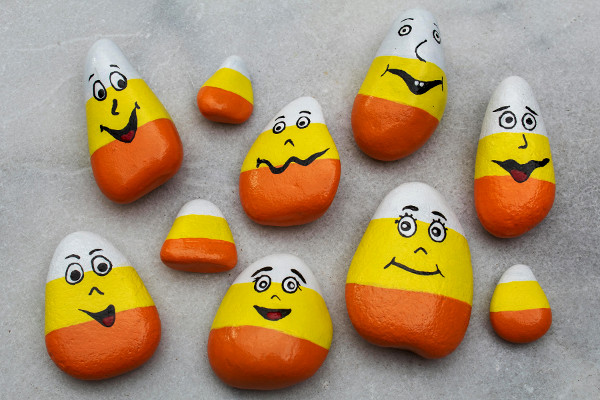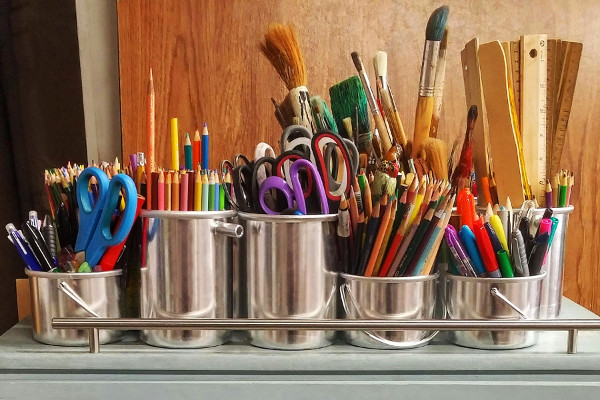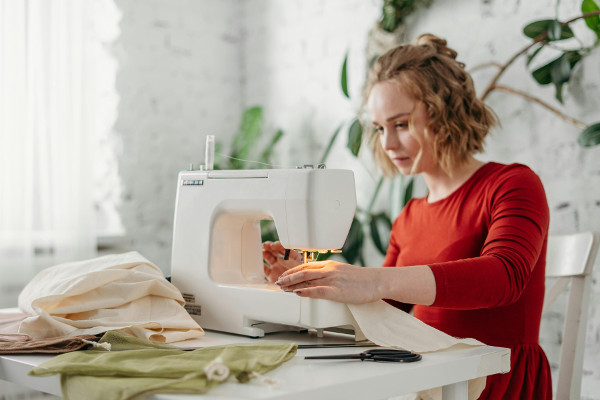How to Get Into Painting As a Hobby? - 15 Essential Questions to Answer Before You Take a Painting Class
Are you considering to take a painting class but not sure where to start? Whether you're curious about watercolour, acrylic, or oil painting, this guide answers the most common questions beginners and experienced artists have. From selecting the right supplies and class duration to understanding the differences between various painting mediums, we've got you covered. Get ready to unleash your creativity and find the perfect painting class to suit your style and artistic goals. Let's dive in!
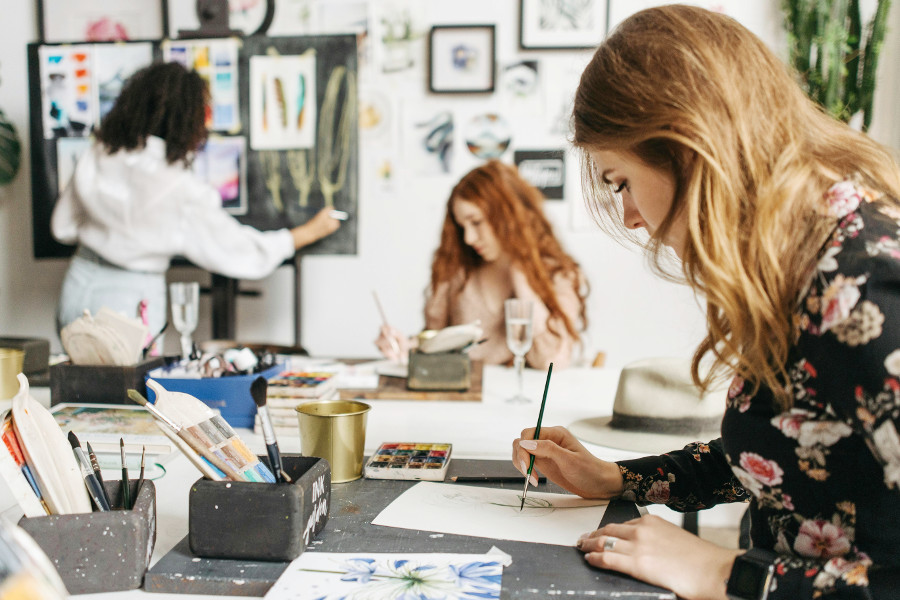
What should I expect in a painting class?
When you take a painting class, you’re signing up for a journey where you’ll tap into your creativity and learn the fundamentals of your chosen medium. Whether you're working with watercolours, acrylics, or oils, expect to get your hands a little messy and learn some valuable skills. You'll begin by understanding the materials, learning brush techniques, and practicing your colour mixing. Most importantly, you’ll be given the freedom to express yourself while getting guidance from an experienced instructor. Over time, you'll develop your style and confidence, and you’ll probably be surprised by how much your art evolves.
How do I choose between watercolour, acrylic, and oil painting?
Choosing between watercolour, acrylic, and oil painting comes down to the style you’re aiming for and how much time you can invest. Watercolour is all about transparency and fluidity – perfect for light, airy landscapes or soft, delicate florals. Acrylics, on the other hand, dry quickly and are versatile, ideal for bright, bold, and textured works. They’re great for beginners because you can layer quickly and easily. Oil paints are the traditional choice for detailed blending and rich textures but take longer to dry. Consider what you want to express, and let that guide your decision on which medium suits you best.
What are the basic supplies needed for a painting class?
When it comes to supplies for a painting class, the essentials will depend on the medium you’re working with. For watercolour, all you really need are watercolour paints, a set of brushes, a good quality watercolour paper, and of course, some water. Acrylics require a set of acrylic paints, brushes, a palette, and a canvas (or acrylic paper). Oil paints demand a little more, including brushes, oil paints, a palette, and solvents like turpentine. Other tools like a palette knife, rags, and a container for water or solvents are always handy. Some classes might provide materials, so be sure to ask in advance.
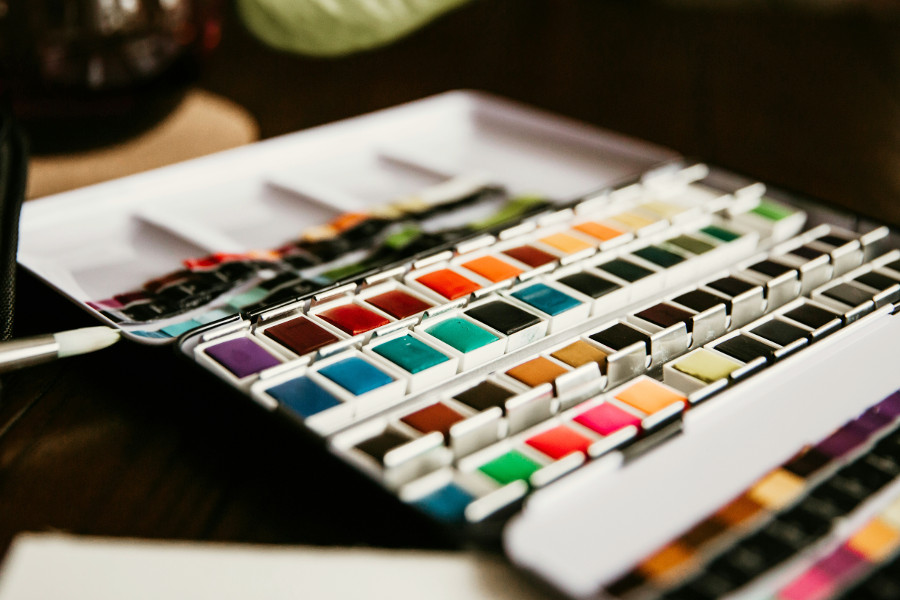
Can beginners take a painting class?
Absolutely! Painting classes are perfect for beginners. Many classes are specifically designed to introduce you to the basics of your chosen medium. You’ll start with the fundamental techniques – how to handle your brushes, mix your colours, and apply paint to paper or canvas. Expect a lot of hands-on practice, and don’t worry if your first few paintings don’t turn out exactly as you imagined. The beauty of painting lies in the process, not perfection. Instructors will guide you through each step, and the supportive environment will help you develop at your own pace, no matter your experience level.
How long do painting classes usually last?
Painting classes vary in length, but most tend to run between 1 to 2 hours per session. If you're signing up for a longer workshop or masterclass, it could be anywhere from 3 to 6 hours. Some courses might spread across several weeks, with classes meeting once a week, allowing you time to practice between lessons. If you’re looking for a more immersive experience, there are weekend painting retreats or intensive workshops that last several days. The duration of the class will typically depend on how deep the material goes and the goals of the class.
Are painting classes available online?
Yes, painting classes are widely available online, and the options are growing. Whether you're interested in watercolour, acrylic, or oil painting, there’s no shortage of online courses to choose from. You can find everything from live virtual classes, where instructors guide you in real time, to pre-recorded lessons that allow you to learn at your own pace. While online classes might lack the direct feedback of in-person sessions, they’re convenient and often more affordable. Plus, you can learn from the comfort of your home, making it an ideal option for busy people or those living in remote areas.
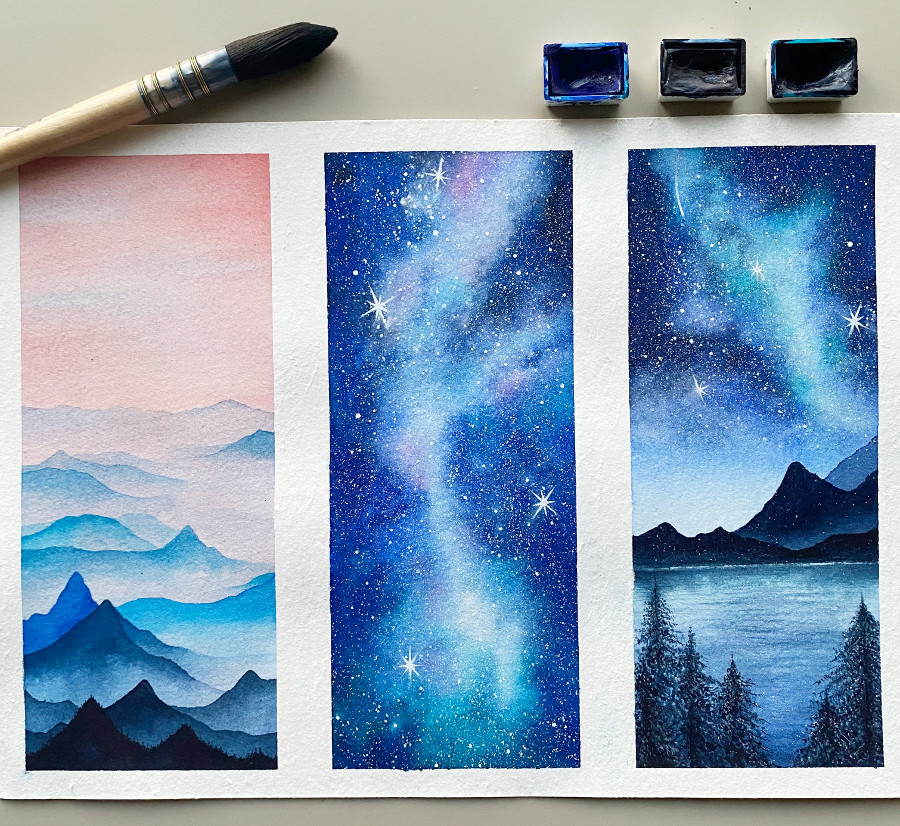
What is the difference between watercolour and acrylic painting?
Watercolour and acrylic painting are two very different mediums, each with its unique appeal. Watercolours are transparent and delicate, creating soft washes and fluid effects that are ideal for creating light, dreamy paintings. They can be tricky to control, but once mastered, they give stunning results. Acrylic paints are much more versatile, drying quickly and allowing for both bold, textured works and more subtle effects. The beauty of acrylics is that they can be layered, and you can achieve a variety of finishes, from smooth to thick impasto. Watercolour requires patience and precision, while acrylics are more forgiving and beginner-friendly.
How much do painting classes cost?
The cost of painting classes can vary depending on where you take them and the type of instruction. Generally, group classes range from $20 to $75 per session, while private lessons can be more expensive, often between $50 and $150 an hour. Online courses tend to be more affordable, with many platforms offering lessons for anywhere between $10 and $50, depending on the course length and content. If you're taking a series of classes, there may be a discount for booking multiple sessions. Make sure to check if materials are included or if you’ll need to purchase your own supplies.
Do I need to have any previous painting experience to join a class?
Not at all! Painting classes are a fantastic way to start from scratch, even if you’ve never picked up a paintbrush before. Many classes are specifically designed for beginners, so the instructor will guide you through the basics and help you build your skills. You'll start by learning simple techniques like colour mixing, brush control, and basic composition. Even if you’ve painted before but feel rusty, a class is a great way to refresh your skills and get back into the groove. You’ll be surprised at how much you can learn and accomplish in just a few sessions.
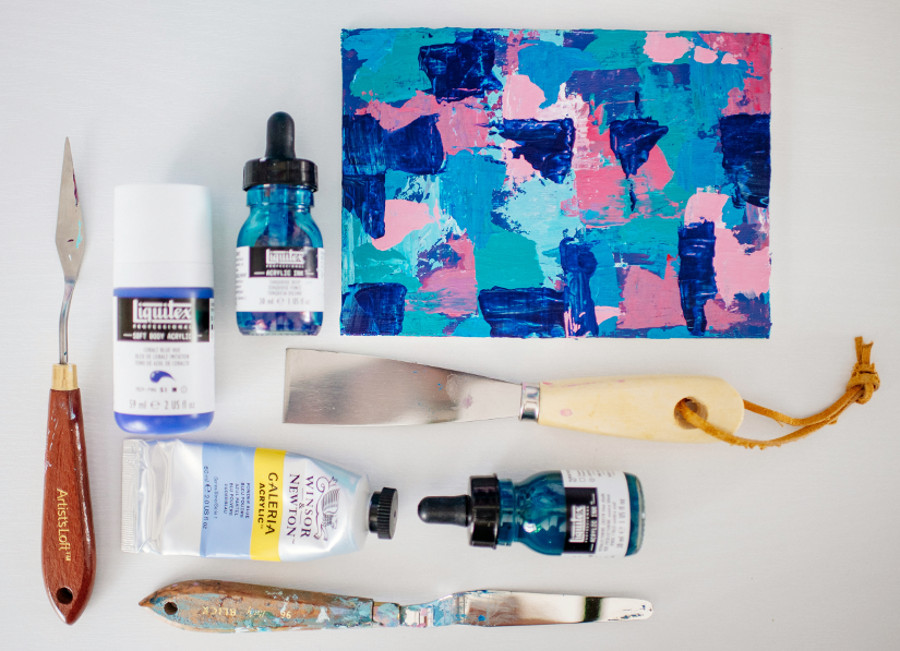
What are the benefits of taking a painting class?
Taking a painting class offers a lot more than just the chance to make art. It’s a great way to express yourself, boost your creativity, and work through stress. Painting helps you focus and get into a flow state, which is a powerful antidote to the distractions of modern life. It can also be a form of therapy, offering an outlet for emotions and a chance to slow down. Plus, taking a class gives you access to expert guidance, tips, and feedback to accelerate your growth. The best part? You’ll likely leave each session feeling accomplished and inspired.
How do I find a good painting class near me?
Finding a good painting class near you can be as simple as a quick online search. Look up local art schools, community centers, or galleries that offer painting classes. Websites like Meetup or Eventbrite can also list local art workshops. Don’t forget to ask friends or fellow artists for recommendations, as personal suggestions can be invaluable. If you're looking for something specific, like a watercolour class, refine your search to those mediums. Once you find a class, make sure to check out reviews or talk to the instructor beforehand to ensure the class aligns with your goals.
Can I learn to paint on my own, or is a class necessary?
While it’s absolutely possible to learn painting on your own, a class can help you progress much faster. Self-teaching through books or online tutorials can get you started, but there’s something invaluable about having an instructor who can provide personalized feedback and teach you techniques you might not come across on your own. Classes also offer structure and accountability, which can be difficult to maintain when working alone. Plus, you’ll get the benefit of connecting with other artists, exchanging ideas, and sharing experiences – all of which can be incredibly inspiring. There are many resources online available where you can study the masters and learn about basic conepts. You can start your education by visiting art galleries and looking at the art pieces from a painter's point of view. To deepen your knowledge, check out the r/learnart subreddit for recommendations.
How do I improve my painting skills in a class?
Improving your painting skills in a class is all about practice and openness to feedback. Each lesson will introduce new techniques or ways to approach painting, and it’s important to take the time to practice those skills outside of class. Ask questions when you need clarification, and don’t be afraid to experiment. The more you challenge yourself to step outside your comfort zone, the faster you’ll grow. Most importantly, embrace mistakes as part of the learning process. Each time you paint, you’ll uncover new ways to express yourself and refine your technique, and that’s how growth happens.
What should I bring to my first painting class?
For your first painting class, keep it simple and bring the basics. A sketchbook, some brushes, and a palette should do the trick. If you know the class will focus on a specific medium like watercolour, acrylic, or oil, bring the paints and paper/canvas recommended by the instructor. Many classes provide materials, so it’s worth asking ahead of time. It’s also a good idea to bring a notepad for taking notes and a container for water or solvents. Don’t forget to dress in old clothes or bring an apron because painting can get a bit messy!
How do I choose the right painting medium for me?
Choosing the right painting medium is all about personal preference and what kind of art you want to create. Watercolours are great for those who enjoy delicate, flowing washes and soft effects – perfect for landscapes or botanical work. If you like bold colours and textures, acrylics might be your best bet. They dry quickly and allow you to layer and experiment. Oil paints, though slower to dry, offer depth and rich textures, making them ideal for classical styles and detailed work. Try experimenting with each one, and see which medium feels the most natural for you and aligns with your artistic vision.

